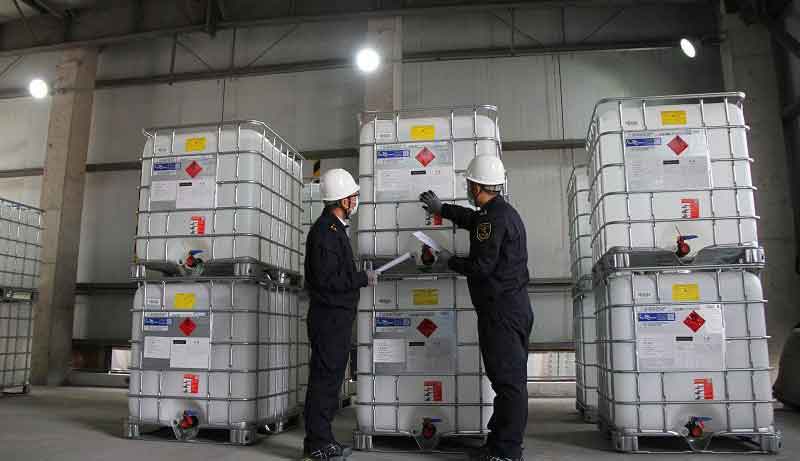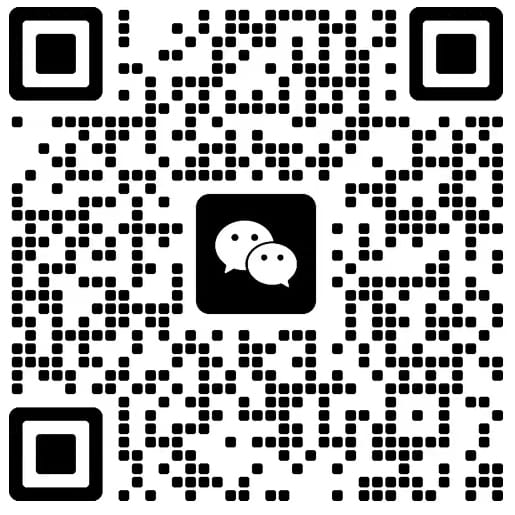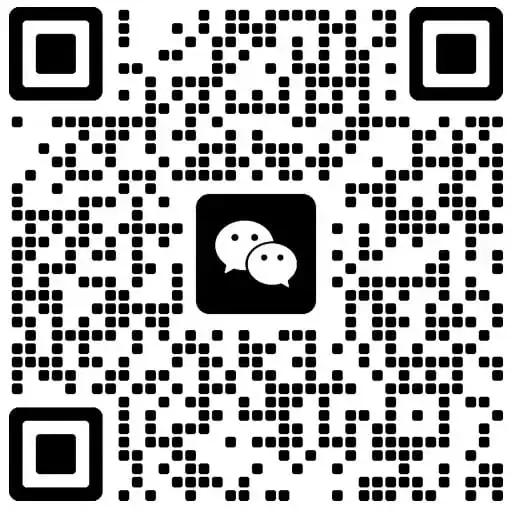This post compiles all the critical information you need to know when handling customs clearance in Australia. Keep reading to learn how to handle your international shipments like a pro.
Table of Contents:
- Customs clearance process in Australia
- Key documents for Australia customs clearance
- Considerations during the customs process
- Overview of customs inspection triggers and procedures
- Challenges and solutions during customs inspection
- Key import duty and taxes in Australia
- Conditions and procedures for goods release
- Streamline your Australia customs clearance
Step-by-Step customs clearance process in Australia
1. Arrival of goods
Upon the arrival of goods at Australian ports or airports via sea or air, the customs clearance process officially commences.
2. Submission of documents
The next step involves submitting essential customs documents, including commercial invoices, bills of lading, insurance certificates, etc. and any required health and quarantine certifications.
3. Customs inspection and approval
Australian customs authorities meticulously inspect these documents and approve the goods based on their type, quantity, and value. This includes classifying goods under the correct HS codes to determine applicable duties and taxes.
4. Payment and release
Once the goods meet all regulatory requirements, the relevant duties and other taxes are paid. Customs then issues a release notification, allowing the goods to leave the customs zone and enter the domestic market.
Key documents for Australia customs clearance
Preparing and submitting necessary documents is essential for customs clearance in Australia. These documents provide details about the goods and serve as the basis for inspections, approvals, and tax calculations.
Commercial invoice
This document details the nature, quantity, value, and the parties involved in the transaction. It is crucial for the accurate assessment and taxation of the goods.
Packing list
It includes detailed information about the contents of each package or container, aiding customs in verifying the actual quantity and contents of shipments.
Transport documents
Documents such as bills of lading or air waybills serve as proof of ownership and the contract of carriage, detailing the transportation and handling of the shipment.
Import/export permits
For certain goods like food or pharmaceuticals, specific import/export permits may be required to comply with Australian standards and regulations.
Certificate of Origin
This document is vital for determining tariff treatments under trade agreements, potentially reducing or eliminating duties.
Customs valuation documentation
These documents help establish the value of goods for duty and tax calculations, including contracts, invoices, and payment proofs.

Considerations during the customs process
1. Accurate documentation
Precision in filling out customs documents is crucial to avoid delays or rejections. Errors or omissions can lead to significant issues, making it essential to double-check all entries against the actual goods.
2. Understanding import restrictions
Familiarity with Australian import restrictions and prohibited items is necessary to ensure compliance with customs regulations.
3. Planning transport routes
Efficiently planning transport timelines and routes is key to smooth customs clearance, taking into account potential delays and inspection times.
4. Customs valuation compliance
Adhering to customs valuation and tax regulations is necessary for determining the correct amount of duties and taxes due, avoiding penalties and fines.
Overview of customs inspection triggers and procedures
Customs inspections are a critical component of Australia’s customs clearance process, triggered by various factors such as the nature, value, origin, or destination of goods that might raise suspicion. Damage during transit or discrepancies between declared and actual goods details can also prompt an inspection.
Challenges and solutions during customs inspection
During customs inspections, importers may encounter issues such as discrepancies between declared and received goods, damage, or loss of goods, and additional documentation requests from customs.
Effective communication with customs to understand the issues, along with timely resolution strategies such as re-declaring goods, claiming insurance, or providing required documents, is essential for resolving these challenges promptly.
Approval process and timeliness
The approval process involves the thorough review of customs documentation, goods information, and inspection outcomes.
The timeframe for customs approval can vary based on the goods’ nature, volume, customs efficiency, and the cooperation level of the importer or freight forwarder.
While customs aim to complete the approval within a reasonable period, certain complex cases may extend the timeframe.
Key import duties and taxes in Australia
Australia imposes various taxes on imported goods, including customs duties based on the commodity type and value, excise taxes on specific goods like alcohol and tobacco, and a Goods and Services Tax (GST) at a standard rate of 10%.
Tax calculations are typically based on the Free On Board (FOB) price for customs and excise taxes, and on the Cost, Insurance, and Freight (CIF) price for GST.
Payment and calculation of taxes
Importers must adhere to customs’ tax payment guidelines, which usually involve electronic payments or bank transfers. The tax payment process typically follows the approval of goods by customs, based on the tax assessment provided by them.
Conditions and procedures for goods release
Goods release from customs is contingent upon fulfilling all clearance procedures, such as document submission, passing customs inspections and approvals, and completing tax payments. The release process includes:
- Receiving customs clearance notifications
- Coordinating with transportation or freight companies for goods pickupto ensure smooth transport from customs to the final destination.
Final recommendations
Navigating the complexities of Australian customs can be daunting for those engaged in international shipping. Airsupply stands out as a pivotal shipping partner, ensuring your cargo meets all regulatory requirements while optimizing the entire clearance process.
To further expedite clearance, we can arrange for the pre-clearance of goods, meaning your shipments are processed more quickly once they arrive in Australia.
Moreover, we tailor customs clearance solutions to fit your specific requirements, whether you’re shipping small parcels or large freight loads.




